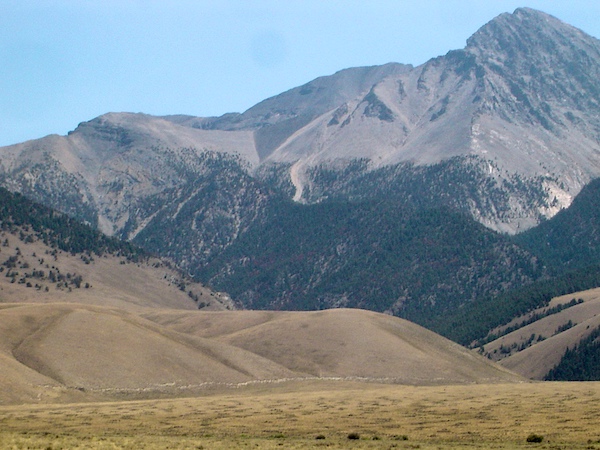
BY Hannes Thum
In my last column, I wrote about the kind of faith that one needs in order to try to comprehend just how long the world has been around and just how slowly it has assembled itself –— an embracing of time so deep and slow that our brains have to ultimately just trust that the processes exist.
Almost immediately upon writing the final paragraph of that piece, I began to feel a knot in my stomach and my heart fell a little bit because I realized that in writing about the long time scales of geology, I had completely ignored the short ones (and I had already met my word count limit for the publisher).
I had written my column about how the study of geology demands that we accept how slowly things move and how enormous the spans of time are that have brought us to this moment. From the perspective of our human life spans, geology works mostly with machinations invisible to the naked eye. The creep of continents. The erosion of a canyon. The building up of a range. A single grain of sand washed downstream.
But I missed something. Not two weeks before I wrote about the immeasurable processes, a series of monsoonal rainstorms pummeled the upper reaches of the Middle Fork of the Salmon River In the midst of the storms, some sensational and fairly immediate geologic changes took place in the form of several side canyons that came completely loose of their moorings and deposited tons of earth into a new spot (the middle of the river) over the course of a few minutes. That sort of sudden “enough-is-enough” release of geologic energy was a wonderful example of something that will change the course of the river and the story of the river from that day forward.
Another profound local example that catches my attention occurred in 1983. After the Borah Peak earthquake, local ranchers as well as the geologists that later came to investigate found that they could stand face-to-face with a fault scarp that was reportedly more than 12 feet tall in places — that is, between the valley sinking and the mountain going up, 12 feet of geology occurred in just a few seconds. Displacement of an entire range by that distance in that short a period of time certainly crashes up against the notion of invisible incrementality.
Geology, indeed, can be punctuated by big, sudden events as much as it can be defined by slow, incremental change.
One of the more confounding contradictions that our universe presents us with is the nature of time — it shows up on unfathomably grand and long time eons as well as immediate and near-instantaneous moments. A slowness and depth so great that it spawns elaborate reaches of faith to understand; and, a sudden show of power so tangible and striking that it dashes all doubts aside.
We are constantly asked to understand the world through both lenses. A mystery hanging in the tension between the very moment in front of our eyes and the understanding that the farther out we try to look, the harder it gets to see much at all for certain.
Hannes Thum is a lifelong resident of the Wood River Valley. He is a firefighter/EMT with Wood River Fire and Rescue and a former science teacher.


